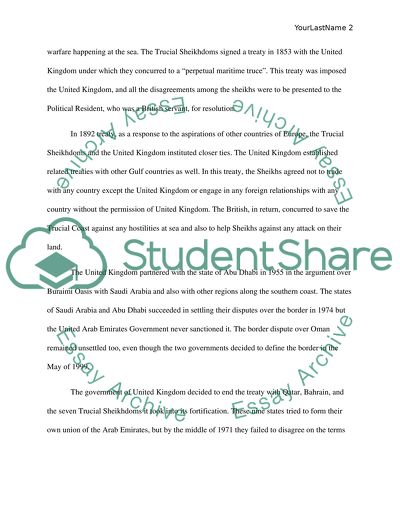Cite this document
(“Country Report on United Arab Emirates Research Paper”, n.d.)
Retrieved from https://studentshare.org/miscellaneous/1393263-country-report-on-united-arab-emirates
Retrieved from https://studentshare.org/miscellaneous/1393263-country-report-on-united-arab-emirates
(Country Report on United Arab Emirates Research Paper)
https://studentshare.org/miscellaneous/1393263-country-report-on-united-arab-emirates.
https://studentshare.org/miscellaneous/1393263-country-report-on-united-arab-emirates.
“Country Report on United Arab Emirates Research Paper”, n.d. https://studentshare.org/miscellaneous/1393263-country-report-on-united-arab-emirates.


